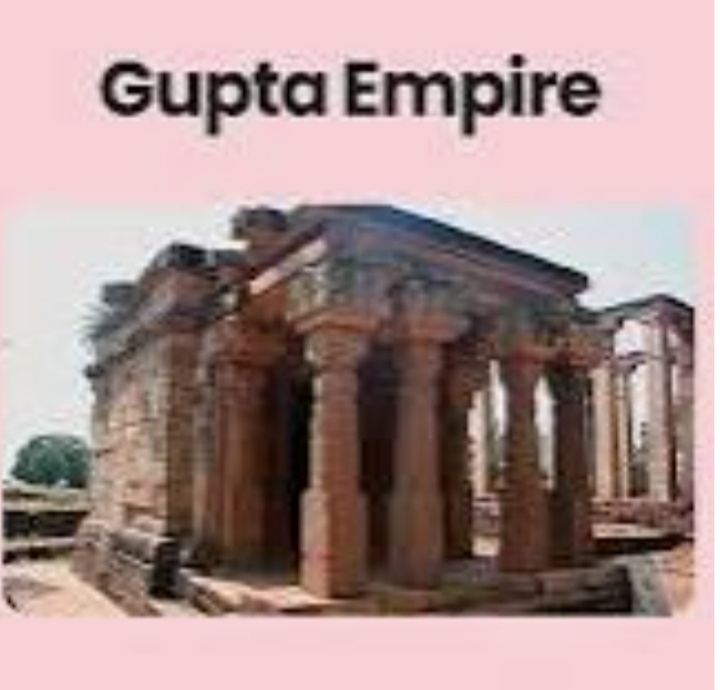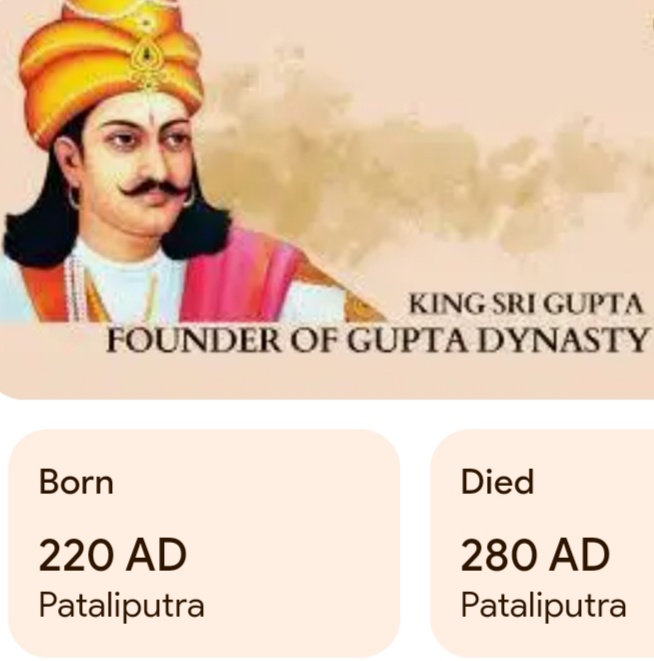During the Gupta period, various types of taxes were levied on the people of the society. Most of the money and resources gained by this means were spent on works that were related to the welfare
After the downfall of the Mauryan dynasty, various new empires were on the verge of growth. It was in the 3rd century that a powerful kingdom came into being – The Gupta Dynasty. The period between 320 AD and 540 AD is called the Gupta period. This was also known as the golden age of Indian history as it paved the way for many advances in the fields of art, literature, philosophy, trade, architecture, agriculture, and science. Archaeological sources such as temples and coins, and literary sources like written accounts of Fa-Xian give us an insight into the life of Gupta and post-Gupta period.

Life in the Gupta and Post Gupta Period
Sri Gupta was the ruler who founded the Gupta Dynasty. The society during the Gupta period was divided based on four varnas. The people were placed in different areas of the kingdom based on their varnas. The people who followed the profession of butchering and executing were made to stay on the outskirts of the city. The greatest level of respect was given to the Brahmins. The power and prestige that was held by the Kshatriyas, gave them respect.
Slavery was very much prevalent during the Gupta period. It was a common feature among most Hindu households. Though it was not prevalent earlier, polygamy slowly started developing. People who were in the field of science made progress in leaps and bounds. Many notable mathematicians and astronomers wrote their best works during the Gupta period – Varahamihira, Aryabhatta, etc. Surgeons who prevailed during the Gupta period gained a lot of expertise in the field of surgery and dissection.
Many famous temples dedicated to Hindu deities such as Shiva, Parvati, and Vishnu were built during this golden period. Some noteworthy temples built during this era are Jhansi’s Dashavatara temple, Tigawa’s Vishnu temple, Bhumara’s Shiva’s temple.
Paintings reached their peak during the Gupta period. The excellence of Indian art was showcased in the brilliance of the Ajanta’s Buddhist caves and Gwalior’s Bagh caves. Brisk trade relations with the Persian Gulf were made along the route via the Red Sea. The shipbuilding industry hit its peak during this period because of the need for transport for trading. Religions such as Hinduism and Buddhism flourished as generous donations were made towards the maintenance of the temples. The Sanskrit language reached its finest as it reached its peak of perfection. This was the general life in the Gupta and Post Gupta period.
Land Revenue
During the Gupta period, various types of taxes were levied on the people of the society. Most of the money and resources gained by this means were spent on works that were related to the welfare of the public. One-sixth of the produce was generally fixed as the land revenue during the Gupta period.


